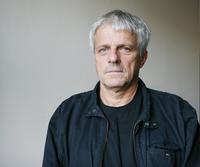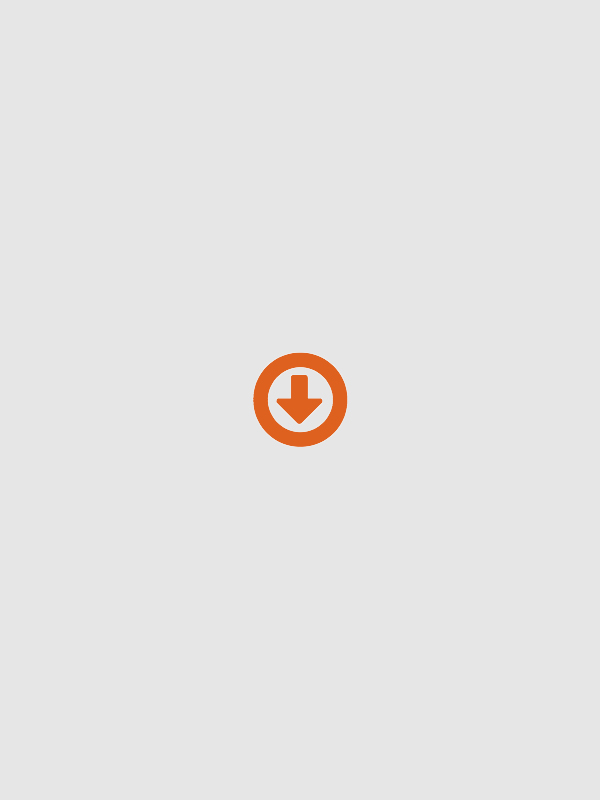Josef Žáček Image
Wikipedia´s signpost shifts the meaning of the English word image in two main directions, towards the Czech equivalents image or idea. With a bit of literalness, it creates exactly that type of parallel reality that can characterize the contemporary visual thinking of the painter Josef Žáček as an associative catalyst. His latest series of canvases focuses primarily on the double-edged effect of external, artificially modelled aspects of reality and their ability to influence human emotions and seemingly rational decision-making.
The professional definition of the term image is quite clear: it is a term for the affective and overall image of a person, brand or product to the public, often deliberately cultivated to achieve success. Considering his long-term approach to his work, where Josef Žáček often
focuses on a specific social phenomenon, which he then not only reflects, but also analyses and imagines, sometimes to the limit of the possible, this is another integral part of his gradual monitoring of the problematic phases of the contemporary world, which - especially in the last decades - have become so pervasive in everyday life that they are hardly noticed anymore.
In this case, everything is even more augmented by the intensity of the action, because the image, as an effective manipulative component, is present at practically all levels of human existence and attacks people practically without restraint from the earliest age. Although it is probably most generated in the economic and political spheres, and thus naturally exerts its influence where it most sensitively affects the quality of life, this time, for example, it does not leave aside (especially popular) culture. Significantly, it also creates a very sensitive, shortened link between the public and the most intimate personal spheres by acting on emotional weaknesses. The reason is the same in all cases - one-sided profit, and it basically does not matter whether it is money, power or benefits of another type. The opposing side, on the other hand, is only maturing. Apart from the identical items, the most important one
is freedom.
Josef Žáček is a thoughtful observer of our here and now, so he certainly does not choose his topics by chance. This time, however, the venue of the exhibition itself played a significant role in his choice, and above all the character of the gallery, which is a large shop window opening onto one of Prague´s busiest avenues in the very centre of the city, like a fancy shop selling luxury goods. The exhibition inside selectively summarises his painting over a period of about five years, so that in addition to a dozen of his most recent canvases, it also offers a previous developmental context. The imagery of Žáček´s paintings, however, may surprise some, despite the fact that color has certainly made an unexpected return to his traditionally black-and-white compositions.
Radek Wohlmuth



